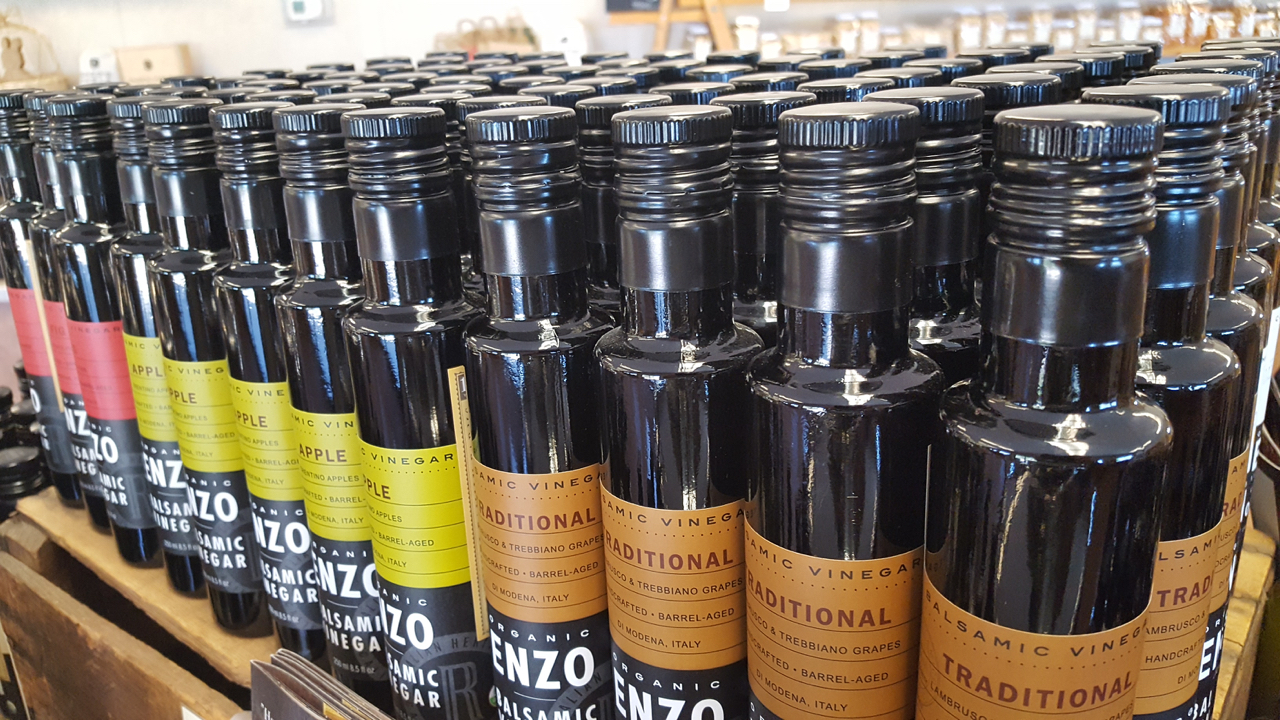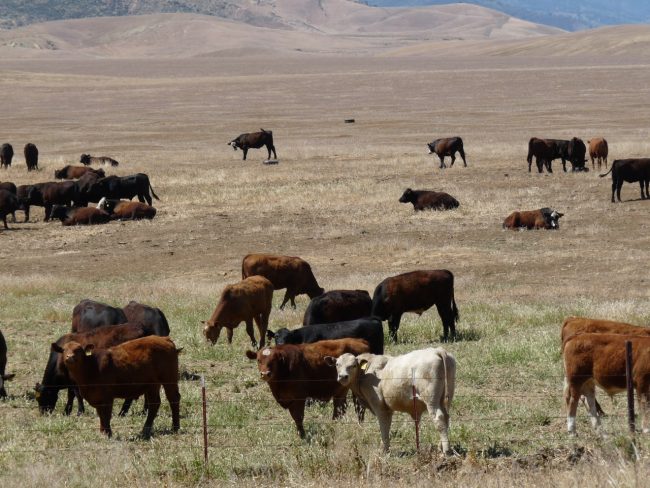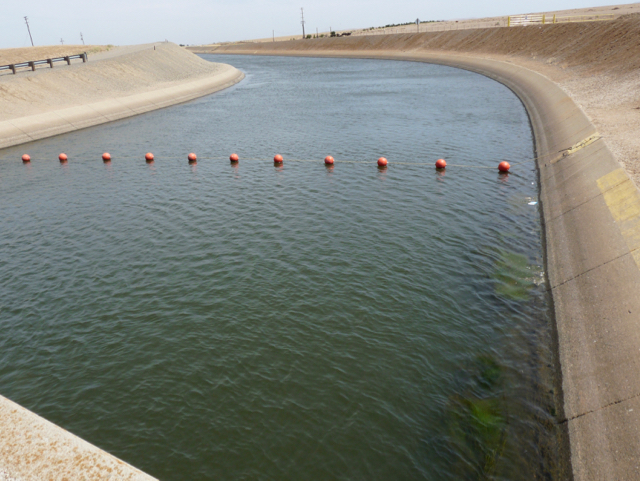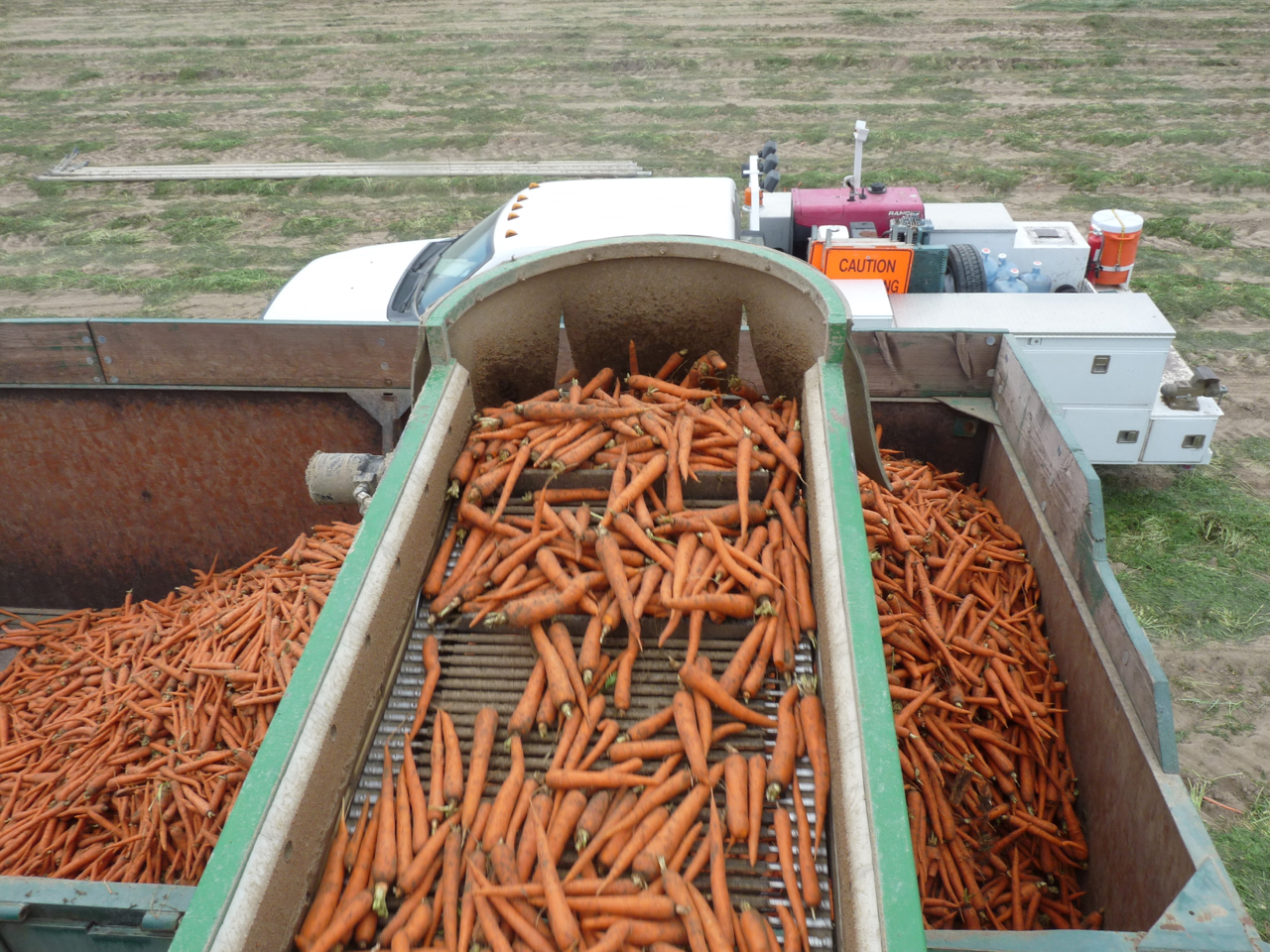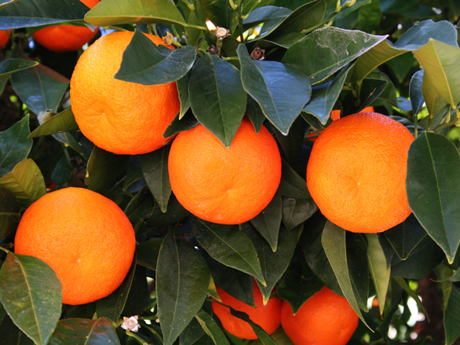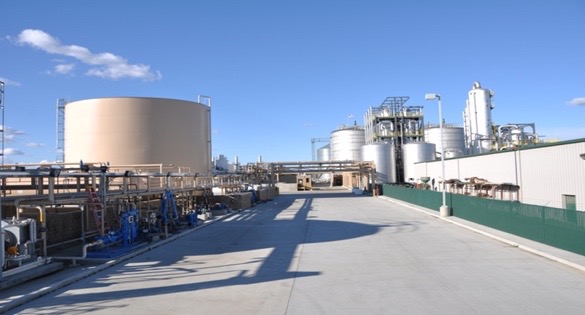Farmers Not Respected by CA Politicians
Farmers Unfairly Impacted by Politicians
By Patrick Cavanaugh, Farm News Director
California Ag Today recently had an exclusive interview with Frank Lunz, an American political consultant, polster and public opinion guru. Lunz had some things to say about how politicians treat farmers.
“The rules that the politicians are making farmers live under are not the rules that provide the most efficient and effective agriculture. … Farmers are efficient, effective, and accountable, in everything that you do,” Lunz said.
“The farming profession has more respect than just about anyone. I think firemen come in first, and I believe farmers are second. That’s because they work with their hands, and the public does realize how hard they work.
“However, what the American people, particularly Californians, don’t realize is just how often the legislation that is passed by their elected officials makes the life of a farmer much more difficult, or how appreciative employees are to have a job, of how this is seasonal work,” Lunz said.
“Forcing farmers to pay overtime is unreasonable. You have to make exceptions for some of these rules, because they simply don’t make common sense,” Lunz explained.
“The farming community is completely different than most other professions. Farming is not a machine where you’re making the same product every day, every month, every year. Things like overtime, and worker compensation laws, don’t make sense in this community. Bottom line: It’s a tragedy the politicians don’t seem to be listening to the farmers,” Lunz said.


